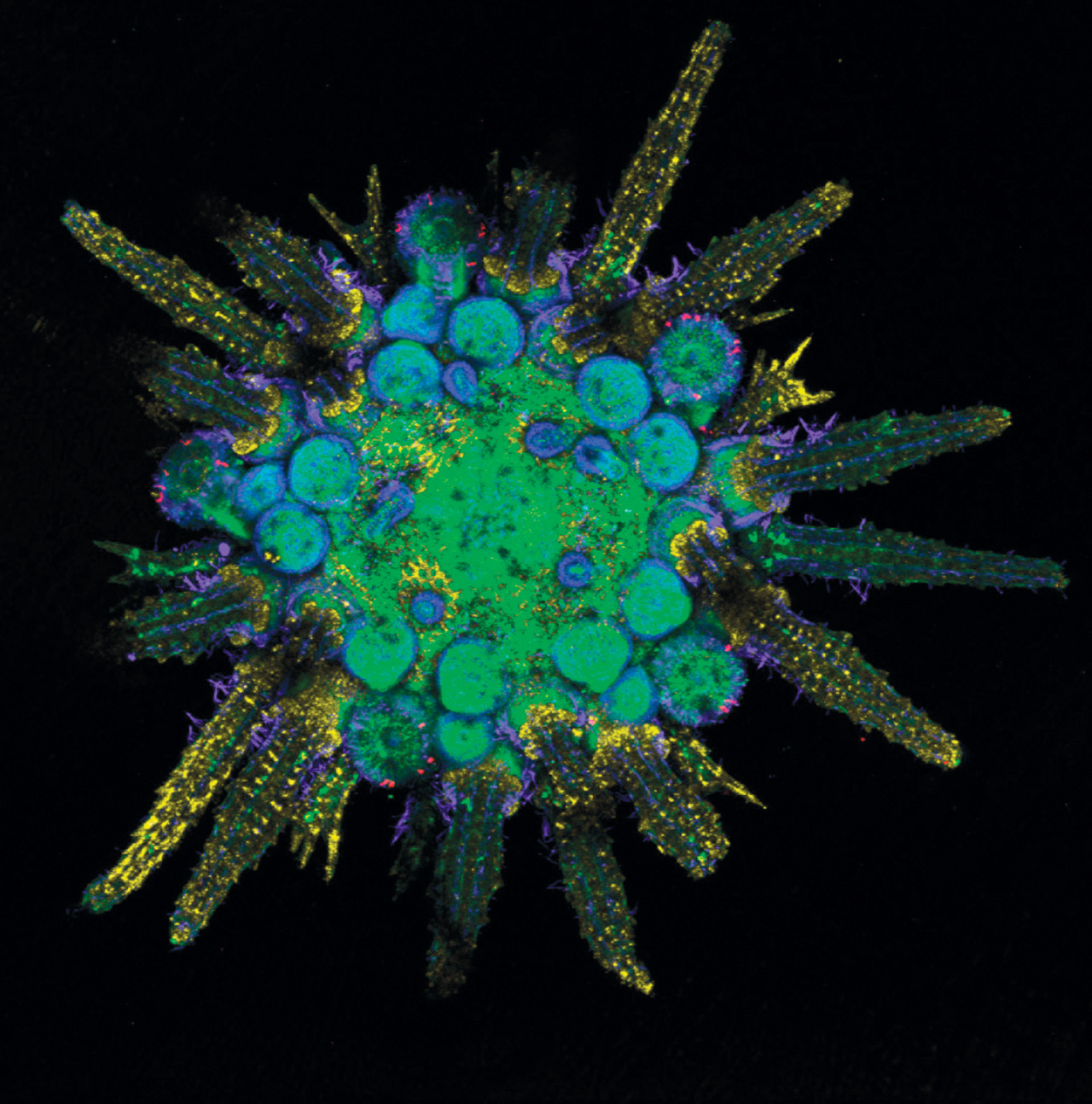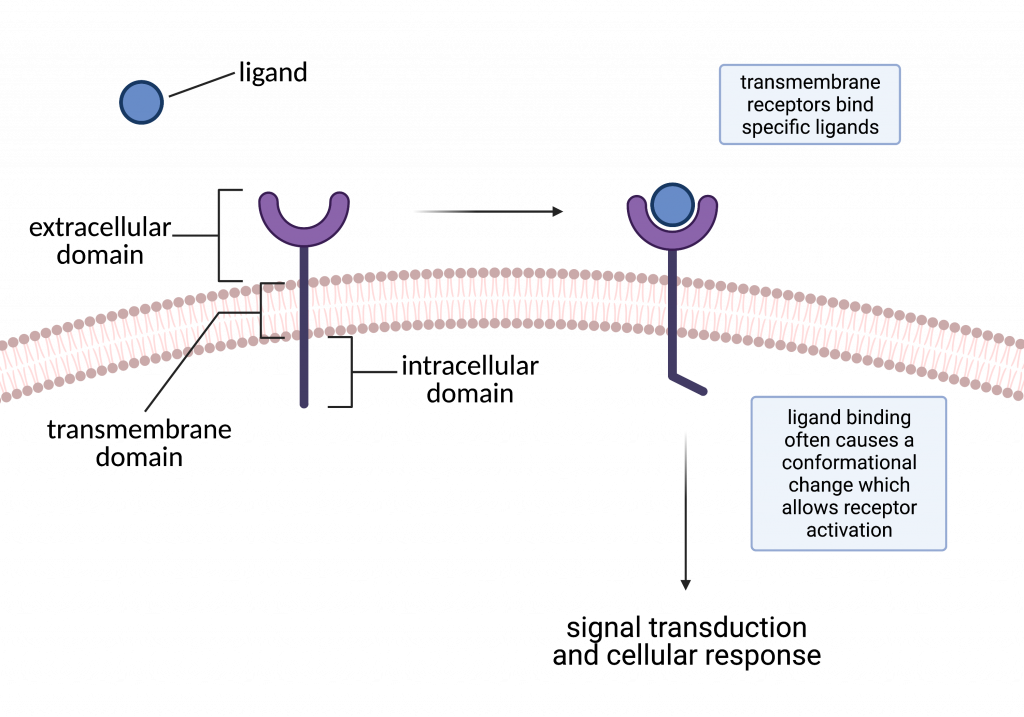Why Red Light Impacts Your Health.
And, why other forms of light and electromagnetic waves do.

The previous article was an attempt to explain how red light impacts our health. As expected, many of you had follow-up questions. In retrospect it may have been more appropriate to examine this aspect of our health with the why question first.
Why does light impact our health?
Or, more appropriately…
Why do electromagnetic waves impact our health?
Some Basics
Before we even get into the physiology, it is worth discussing some building blocks.
People educated in the mainstream biology curriculum have a reductionist and material view of life. From this perspective, cells and proteins are physical matter which are formed by the expression of DNA. Every biomolecule used in the process of making and sustaining of cellular life only functions in ways that we as humans have described/observed.
We do not give room for biomolecules to behave in ways driven by the natural forces which exist all around us. They are function driven, and the functions are only the ones which are apparent to us.
There is little consideration for things outside of this view.
For example:
Proteins are semiconductors
This is not just some quirk of biology. This is literally and functionally what they are.
Enzymes, which are traditionally taught to catalyze biological reactions, are an illustrative class of proteins which take part in electron-transfer to make a high-energy reaction more favorable. Enzymes in this case are mediating electron-transfer. This is what semiconductors do - they preferentially allow the movement of electrons.
In our everyday world, we know of things like silicon (in circuit boards) as semiconductors. In reality, many things are semiconductors. In biology, they tend to be wide-band semiconductors.
Inorganic semiconductors (like in circuit boards) can be doped with other elements to alter characteristics of their conductance.
In the above image, you can see that in pure silicon each atom is connected by lines which represent electron-bonds (or quantum mechanically, probably distribution clouds of electrons).
Now, compare this to something like heme (which is the iron-containing component of hemoglobin in our red blood cells):
Notice any similarities? With heme we have a bunch of carbon arranged in lattice-like structure, connected by electron-clouds (lines) and centrally doped with Iron.
Before we get side-tracked, let’s return to the main point - proteins are semiconductors. Like semiconductors, proteins exert their effects or communication by charge-transfer (or electron transfer). This is how biomolecules change.
For instance, redox reactions are a complex network of charge-transfer reactions. Redox is fundamentally the communicative network of living cells.
When the Iron in heme undergoes a charge-transfer, the entire hemoglobin protein undergoes a conformational change.
This nature of proteins suggests that DNA is simply a blueprint for creating and using different semi-conductors depending on the needs or drives of the organism. Which is quite appropriate, because as it turns out DNA is also a potent semiconductor.
More importantly, DNA also experiences conformational changes (resulting in certain genes becoming more or less likely to be expressed). But, not just to changes in charge-transfer. DNA strands can alter their conformation in response to changes in local magnetic fields.
And so, at the most fundamental level of cellular organization and function…we are talking about biomolecules which are intrinsically responsive to changes in magnetic fields as well as electromagnetic waves.
Building the Palace
The cell, the fundamental building block of life, is a very complex organ. It is teeming with internal activity, beyond what any drawing can do justice. It has a surface/envelope which is riddled with proteins which either allow direct communication between elements of the inside and outside, or they transduce signals of other sorts.
What other sorts?
It can be as simple as a ligand:
Or, touch and vibration.
Or, light which you may not see (Infrared or UV).
Or, alterations in the local magnetic field.
Or, sound.
Or, emotions.
Unfortunately, the way we have been taught medicine is only in terms of labs or measurements which are granted by our license to dispense. So, the reflex to a claim like “blue light is bad for you” is skepticism. The sort of skepticism I often get when I put on blue-light blocking glasses.
People cant seem to comprehend that light could have a physiologic or pathologic outcome. Which is quite surprising, in all honesty.
Because, obviously, light does more than just illuminate.
Light makes Vitamin D
Light is transduced to serve many functions by coupling with organic matter, such as in the case of vitamin A or other chromophores
Light promotes blood flow in the absence of a beating heart (Pollack)
Light is a subset of electromagnetic waves, which all have their respective receptors and cause different effects throughout our bodies and minds. This is the basis of magneto-reception and optogenetics, to name a few.
This is also why even low-strength MRIs (< 1 Tesla) cause transient disruption of the blood brain barrier, among other cellular phenomena.
Electromagnetic waves obviously carry information and can be used as a medium of communication within living and non-living systems
This is how the internet works
This is how birds see the earth’s magnetic field
This is how local electromagnetic alterations to brain tumors reduces their growth
The real shark beneath the surface is that once you accept this way of looking at life and health, you have to come to terms with all of the things you reflexively dismissed simply because you were told to.
For many physicians, it would look silly or unprofessional to entertain the possibility that EMF can cause harm to the human body. I remember one neurosurgeon quietly telling a colleague that he thinks EMF and phones are causing more brain tumors, but he doesn’t dare say that out loud.
He didn’t want people to think he’s a “conspiracy theorist.”
This socio-cognitive atmosphere prevents us from seeing the truth.
Worse, it also prevents people from accepting the proposition that specific wavelengths of EMF can actually be beneficial…
So, when I say things like “blue light can cause insulin resistance"
Instead of reflexively jumping to skepticism, it would behoove you to consider:
“IF this is true, then what else is possible?”
If you can just take the blinders off for a moment, you can then appreciate the upside of that statement:
Just 15 minutes of red-light (670nm) lead to 27% lower blood sugar across the 2 hour after a sugar-challenge.
That’s just barely scratching the surface. There’s a lot more to be found:
Next article will go over all your questions that I have gathered from this month regarding red-light, red-light panels, and our soon to commence self-experiment.
Drop a question below.
The red-light panel I use is from GembaRed.
Visit GembaRed and use discount code remnantmd at checkout.










Thanks for this series. I’ve been hearing about red light therapy for a few years but never pulled the trigger with a purchase. But I’m RemnantMD motivated now. 😄 Thank you.
I just spent some time on GembaRed’s website, starting my introduction to their various products. I will be making a purchase soon. I’m always interested in high value habits that can be implemented at home. There are red light ”tube closets” (my phrasing) nearby at a retail wellness center in a strip mall, but that takes more effort and also isn’t cheap. And they can’t answer my questions about emf exposure or other specifics.
Thank you for finding us a relatively reasonably priced option!
RemnantDoc, I have researched the Lifewave patches. I really recommend Leland Stillman’s interview of David Schmidt. It is pretty compelling.
https://open.substack.com/pub/stillmanmd/p/exploring-light-therapy-stem-cell?r=onxbd&utm_medium=ios